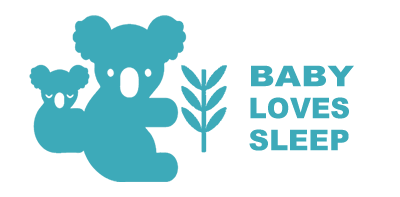Your Cart is Empty
$8 FLAT RATE SHIPPING USA | FREE $80 & OVER | PAY IN 4 WITH SEZZLE
$8 FLAT RATE SHIPPING USA | FREE $80 & OVER | PAY IN 4 WITH SEZZLE

Your Cart is Empty

October 23, 2023 3 min read
Firstly, let’s delve into what swaddling entails and examine the potential advantages it can offer your baby.
Swadling is the act of gently and securely wrapping your baby up, so they feel a sense of comfort and security.
Typically, this involves keeping their arms enclosed and ensuring they sleep safely on their backs. The theory behind swaddling is that the sense of confinement mimics the familiar, restricted space in the womb. This helps a newborn baby to feel calm and adjust to life on the outside.
If you are swaddling your baby, it is important that you follow the correct safety guidelines to ensure your baby remains safe and healthy. Tightly wrapping and restricting your baby's leg movements can lead to hip dysplasia, so ensure their legs can bend and extend (like frog legs) within the swaddle.
The Koala Hugs swaddle blanket wrap is the perfect choice as it is a hip friendly wrap and has hidden inner pockets that gently cocoon your baby’s arms and stop them escaping.
It's important to always place your baby on their back to sleep in the crib to decrease the risk of SIDS (sudden infant death syndrome). If your baby is beginning to show signs of rolling over, remove the swaddle straightaway and transition them into either a sleep sack.
The Sleepy Hugstransitional swaddle is the perfect choice as it offers that familiar feeling of being swaddled while allowing babies more freedom to use their arms to roll safely during sleep.
I typically advise transitioning out of swaddling around 4 months of age or when you notice signs of your baby starting to roll. There are a couple of reasons for this timing.
Firstly, their startle reflex should have diminished by then leading to fewer disruptions in their sleep.
Secondly, by the age of 4 months, babies become highly aware of their hands, using them to grasp toys, interact with objects, and frequently put their fingers or fists in their mouth.
Of course, they cannot do any of that if they are swaddled! Constantly restricting their hands can lead to frustration, potentially resulting in a struggle as they attempt to free their hands during sleep, which can affect their overall quality of sleep.
When you first transition your baby out of a swaddle, it’s common for them to find it challenging and distracting to suddenly have their hands free. You may observe their arms flailing around during sleep, resembling a windmill, but rest assured this is perfectly normal, although you can expect some disruption on their sleep patterns.
To aid the transition, consider the following:
Sign up to get the latest on sales, new releases and more …